Why Does My Brake Pedal Vibrate When Stopping?
Do you ever notice a vibration in your brake pedal when coming to a stop? This common issue can be alarming, but understanding the causes can help you address it effectively. We will explain why your brake pedal vibrates when stopping. Let’s go.
Why Does My Brake Pedal Vibrate When Stopping?
When your brake pedal vibrates when stopping, it can be a sign of several underlying issues with your vehicle’s braking system. Here are some common reasons for this problem.
Warped Brake Rotors
When you apply the brakes, the brake pads clamp down on the rotors to slow down or stop the vehicle. If the rotors are warped, they do not provide a flat, even surface for the brake pads to contact. Instead, the brake pads make uneven contact with the rotor, causing the brake pedal to pulsate or vibrate as you apply the brakes.
Warped rotors can result from several factors:
- Excessive heat can cause the metal in the rotors to expand unevenly, leading to warping. This can occur during heavy braking, such as when driving downhill or towing heavy loads.
- As rotors wear down over time, they may become uneven, leading to warping. This can happen if the rotors are not replaced or resurfaced at regular intervals.
- If the lug nuts are not tightened evenly or to the correct torque specification when the wheels are installed, it can create uneven pressure on the rotor, leading to warping.
Uneven Brake Pad Wear
Uneven brake pad wear can contribute to vibration when stopping due to the irregular contact between the brake pads and the rotors. When brake pads wear unevenly, they may not make uniform contact with the rotor surface. This uneven contact can create a pulsating or vibrating sensation in the brake pedal when the brakes are applied.
As the brake pads make contact with the rotor, any irregularities in the pad surface or rotor can cause the brake system to oscillate, leading to vibration that is felt in the brake pedal.
Uneven wear can result in differences in thickness or surface condition between the brake pads. This variation can lead to varying levels of friction and braking force applied to the rotor, further contributing to vibration.
Loose or Worn Brake Components
A loose or malfunctioning brake caliper can cause uneven pressure to be applied to the brake pads, leading to uneven braking force and vibration. If the caliper is not securely attached to the caliper bracket or if the caliper piston is sticking, it can result in a pulsating brake pedal.
As brake pads wear down, they can become unevenly worn, leading to inconsistencies in braking performance and pedal feel. Worn brake pads may not make proper contact with the rotor, causing vibration when the brakes are applied.
Over time, brake rotors can wear down and develop uneven surfaces. This uneven surface can cause the brake pads to make irregular contact with the rotor, resulting in vibration in the brake pedal.
Any loose or improperly secured brake components, such as caliper bolts, pad shims, or rotor retaining screws, can cause vibration. These components should be checked regularly and tightened or replaced as needed to ensure proper brake function.
Brake Caliper Issues
A sticking caliper may not apply pressure evenly on the brake pads. This uneven pressure can cause the brake pads to make inconsistent contact with the rotor, leading to vibration when the brakes are applied.
If a caliper is sticking, it can cause the brake pads to wear unevenly. As the pads wear down, they may develop an uneven surface that further contributes to vibration and brake pedal pulsation.
In addition, uneven pressure on the rotor from a sticking caliper can lead to rotor damage. The rotor surface may become uneven or develop hot spots, exacerbating the vibration and potentially causing further issues with the braking system.
Moreover, the caliper piston can also stick due to corrosion, dirt, or brake fluid contamination. A sticking piston can prevent the caliper from retracting properly, leading to constant friction and vibration.
Tire Problems
When tires wear unevenly, they can develop irregularities in their surface. As the tire rotates, these irregularities can cause vibrations that transfer through the suspension and into the brake system, manifesting as a vibration in the brake pedal.
Tires that are damaged, such as those with bulges, cuts, or internal structural damage, can create an imbalance that leads to vibrations. This imbalance can be felt in the brake pedal, especially under braking conditions.
If a tire is not balanced correctly, it can create vibrations as it rotates. These vibrations can be transmitted through the vehicle’s suspension and into the brake system, causing the brake pedal to vibrate.
Poor wheel alignment can cause tires to wear unevenly, leading to the issues mentioned above. Additionally, misaligned wheels can cause the vehicle to vibrate, which can be felt in the brake pedal.
How to Fix a Brake Pedal that Vibrates When Stopping?
To fix a brake pedal that vibrates when stopping, you’ll need to address the underlying cause.
First, check for warped brake rotors, uneven brake pad wear, loose or worn brake components, and caliper issues. Replace or repair any damaged or worn parts.
Inspect tires for uneven wear, damage, and proper inflation. Replace or repair tires as needed and ensure they are balanced and aligned correctly. Ensure wheels are properly aligned to prevent uneven tire wear and vibrations.
Also, check brake fluid levels and quality. If necessary, bleed the brake system to remove air bubbles and ensure proper fluid flow.
If you’re unsure about any aspect of the repair process, or if the issue persists after inspection and basic repairs, it’s advisable to seek professional help from a qualified mechanic. They can diagnose the problem accurately and recommend the appropriate repairs.
Related


Meet Lakith, the driving force behind MyGasMagazine.com. A seasoned mechanic with over 7 years of hands-on experience in our family-run Gas Mag Garage, Lakith combines his technical expertise with a deep passion for cars. His journey in the automotive world began alongside his father, learning the intricacies of car repair and maintenance. Today, as the founder of MyGasMagazine.com, Lakith shares his wealth of knowledge, offering readers a unique blend of practical advice, industry insights, and engaging stories from the vibrant car culture of Sri Lanka.

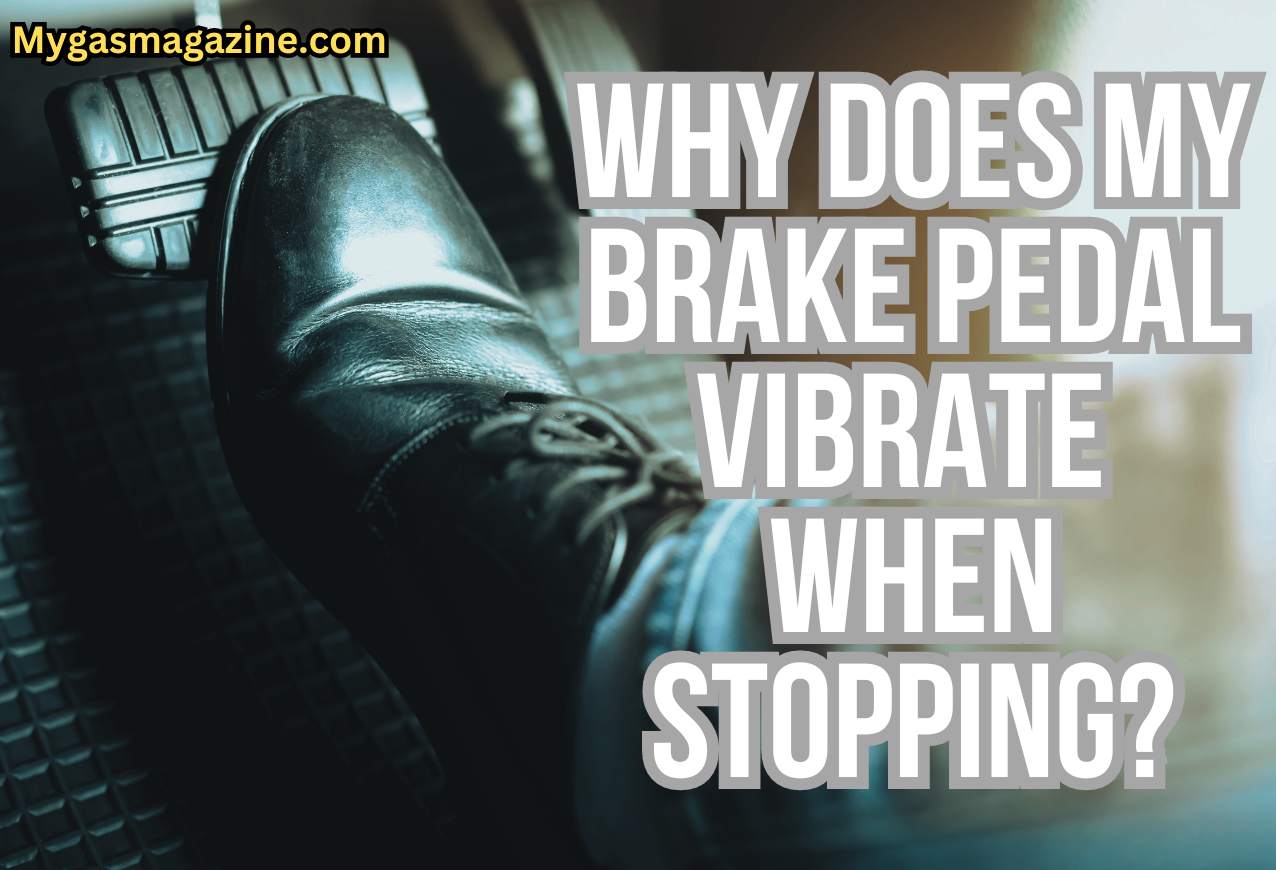
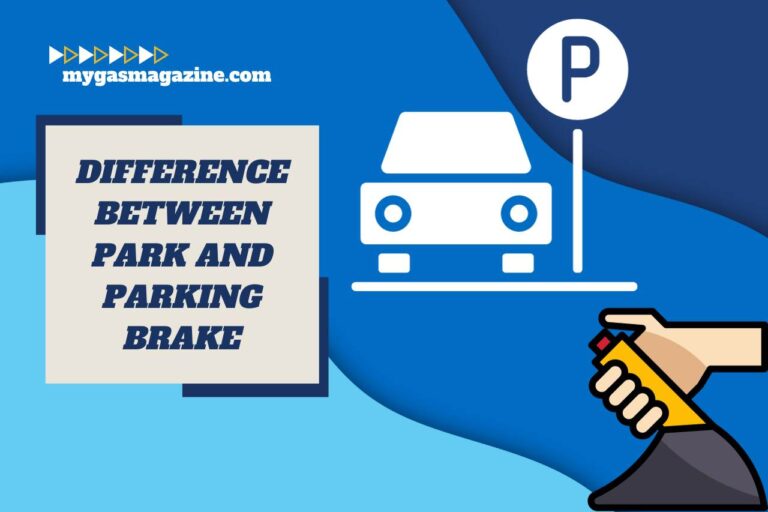
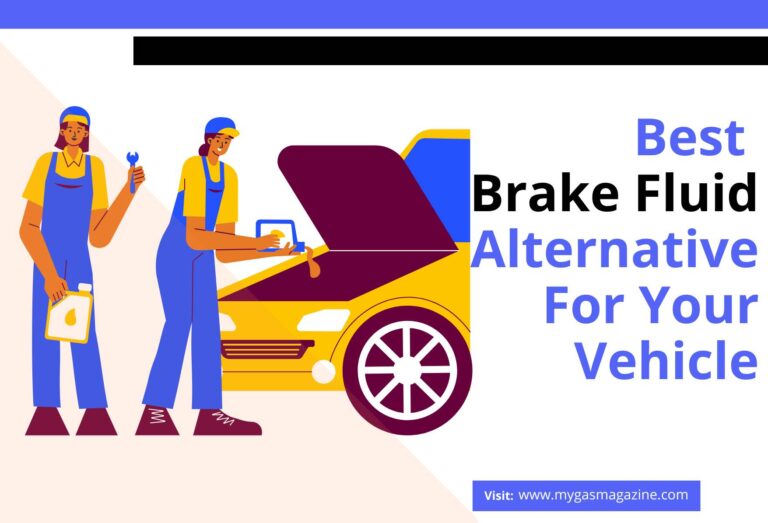
![Can You Use Carbon Brake Pads on Alloy Rims? [Full Guide]](https://mygasmagazine.com/wp-content/uploads/2023/12/Does-2-768x530.jpg)
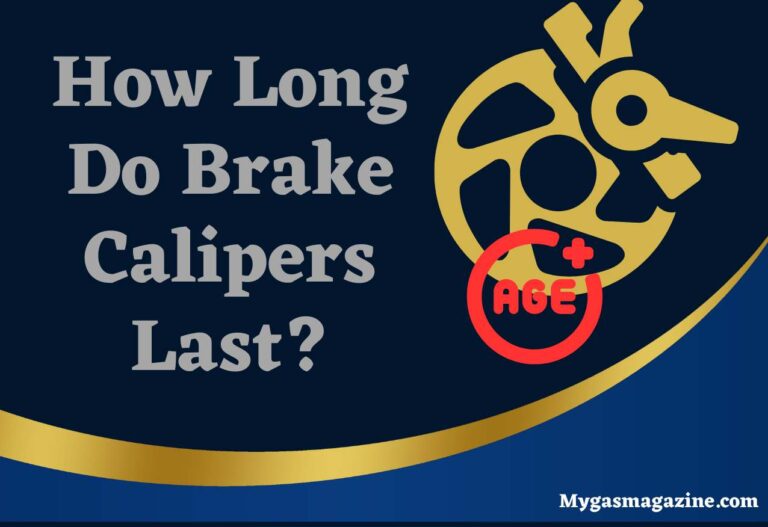
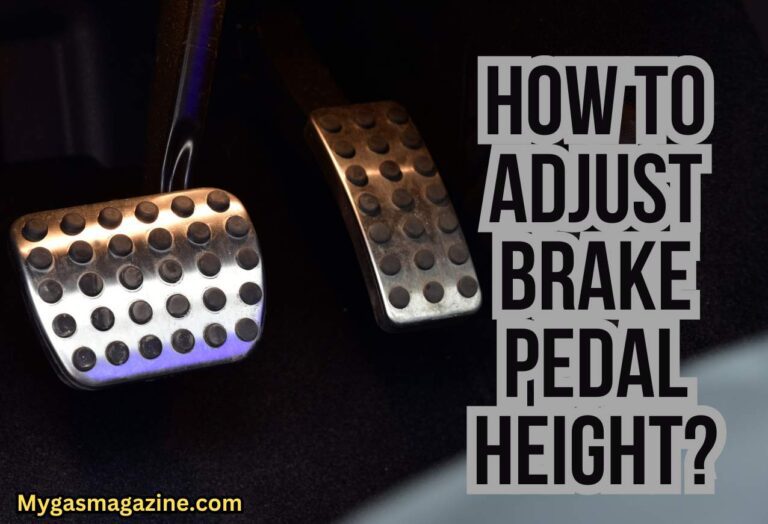
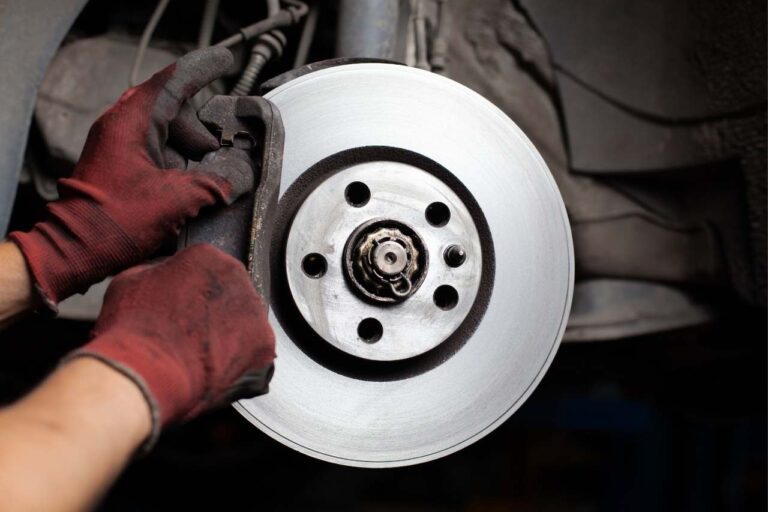
One Comment
Comments are closed.